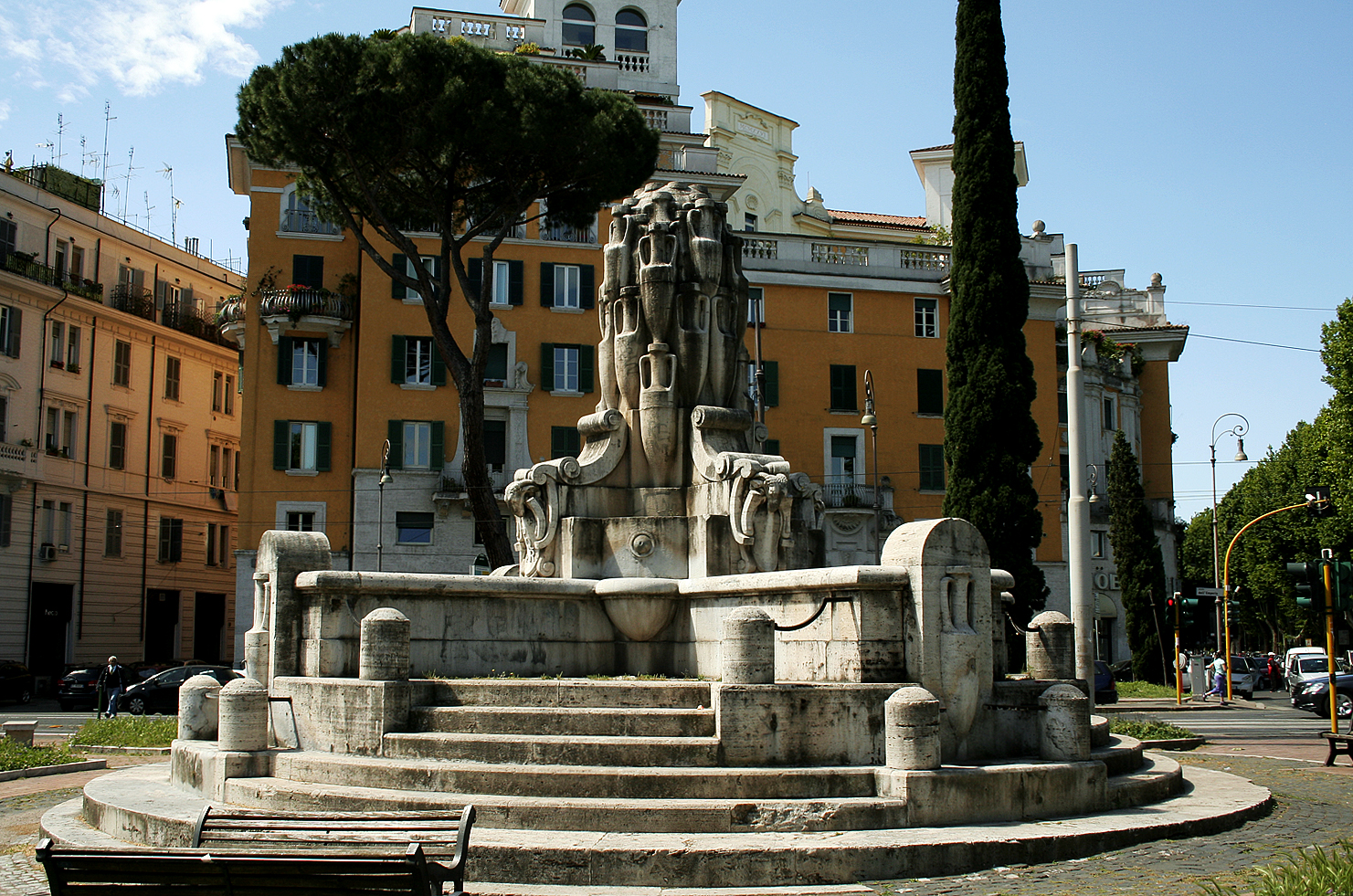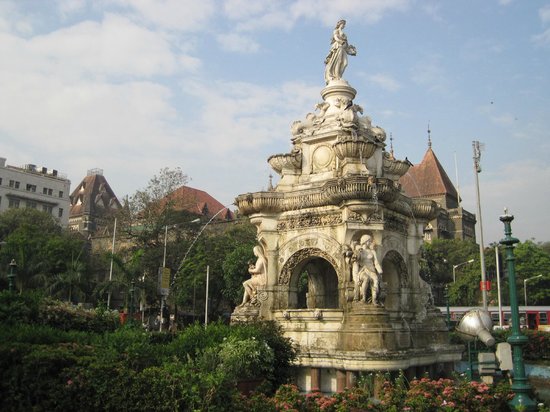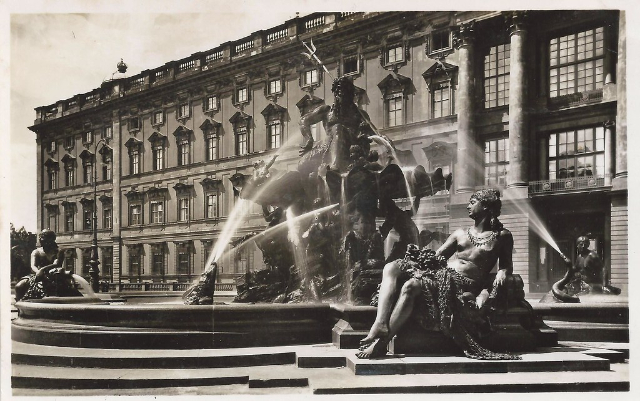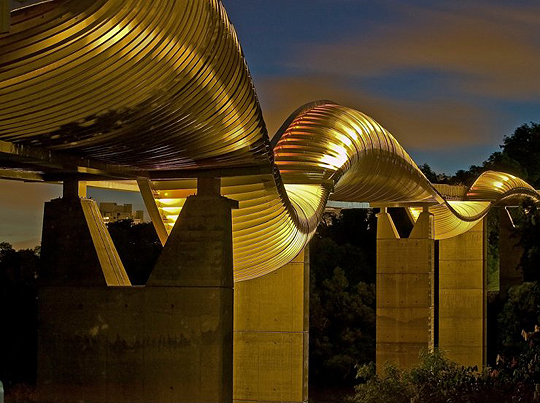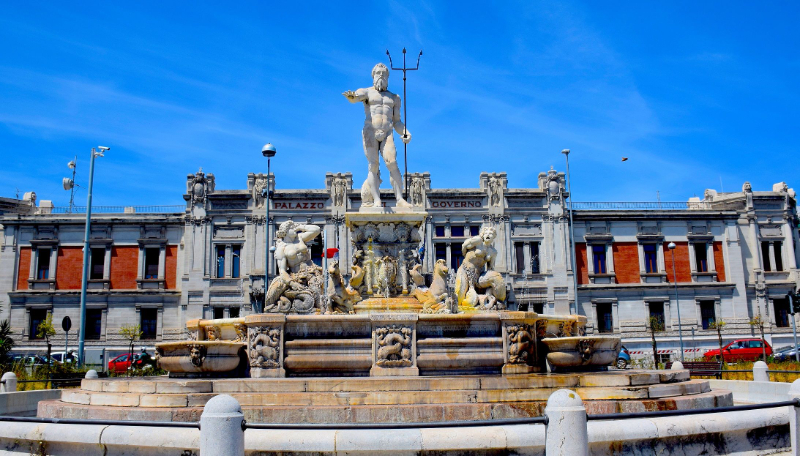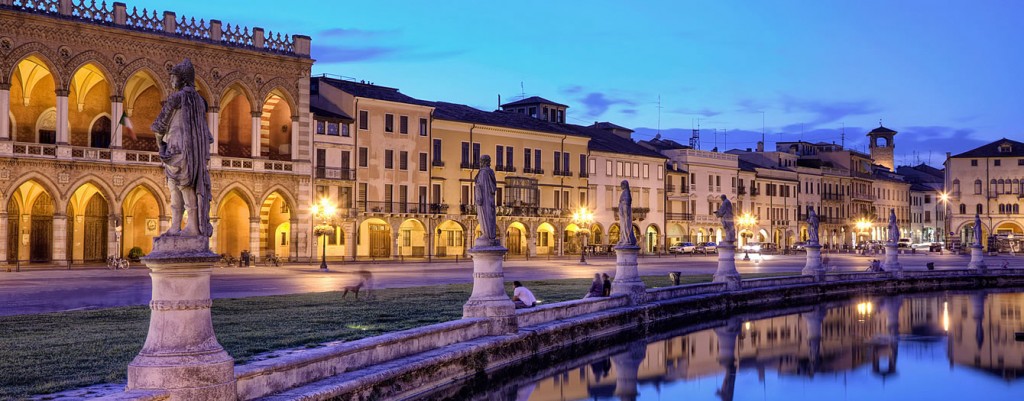In 1924, the Municipality of Rome announced a national competition for five fountains to be placed in five Roman squares in the newly built districts.
For Piazza Mastro Giorgio (now Piazza Testaccio) the winner was the design by the architect Pietro Lombardi (1894-1984).
The fountain, inaugurated on 26th October 1927, was placed in the centre of the main square of the populous working-class Testaccio district. Soon, however, problems arose due to the subsidence of the ground underneath, and in 1932 the Administration, having to proceed with the necessary consolidation works, proposed to move the fountain to Piazza dell’Emporio. Obtained in 1933 the consent of Lombardi, in 1935 the works for the reconstruction began.
Recently, as part of an important project of redevelopment of Piazza Testaccio, which involved in 2012 the transfer of the local market in the new location in Via Galvani, corner of Via B. Franklin, the market was again moved to the new location in Via Testaccio. Franklin, the fountain was moved once again to its original location in the centre of the square. The intervention consisted in complex operations of disassembly, transport, restoration and reassembly of the more than 350 constituent blocks, individually checked and numbered. A modern hydraulic system was also designed for the occasion, allowing the 45 water supply nozzles, which had been inactive for a long time, to be restored and reactivated. For the first time, the fountain was equipped with a lighting system, consisting of lighting fixtures placed inside the four rectangular tanks. The fountain was inaugurated on January 24, 2015.
The fountain, entirely made of travertine, has a circular plan, rests on a base with two steps and is surmounted by a high pinnacle made up of a set of amphorae with reference to the nearby Monte Testaccio, consisting of the fragments of Roman amphorae from the ancient commercial port on the Tiber. At the base, four elongated basins are radially detached, adorned by a prospectus on which is carved the coat of arms of the Municipality crowned by a ram’s head. At the external heads of the basins, shaped like an arch, are bas-reliefs depicting amphorae from which a jet of water emerges.
